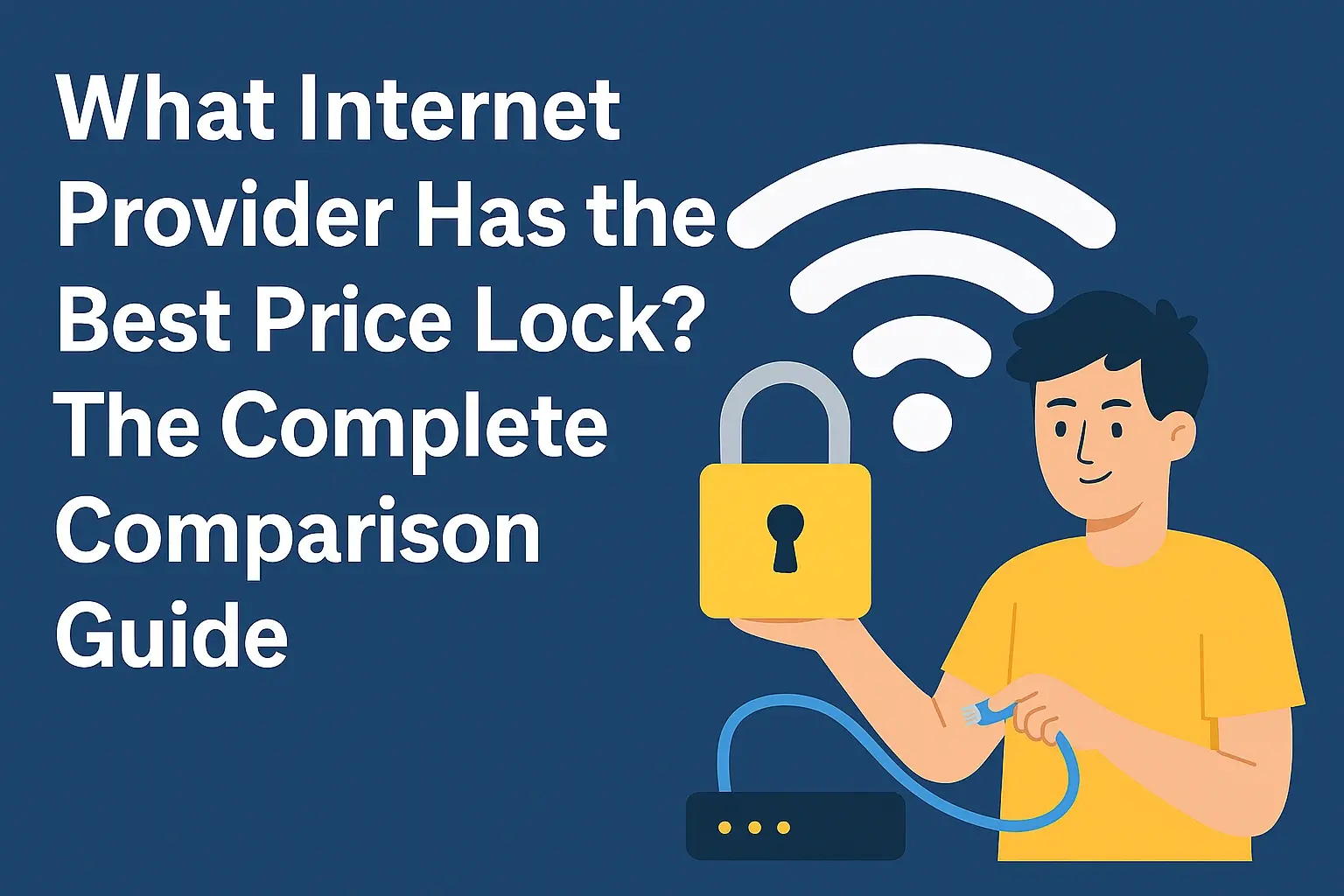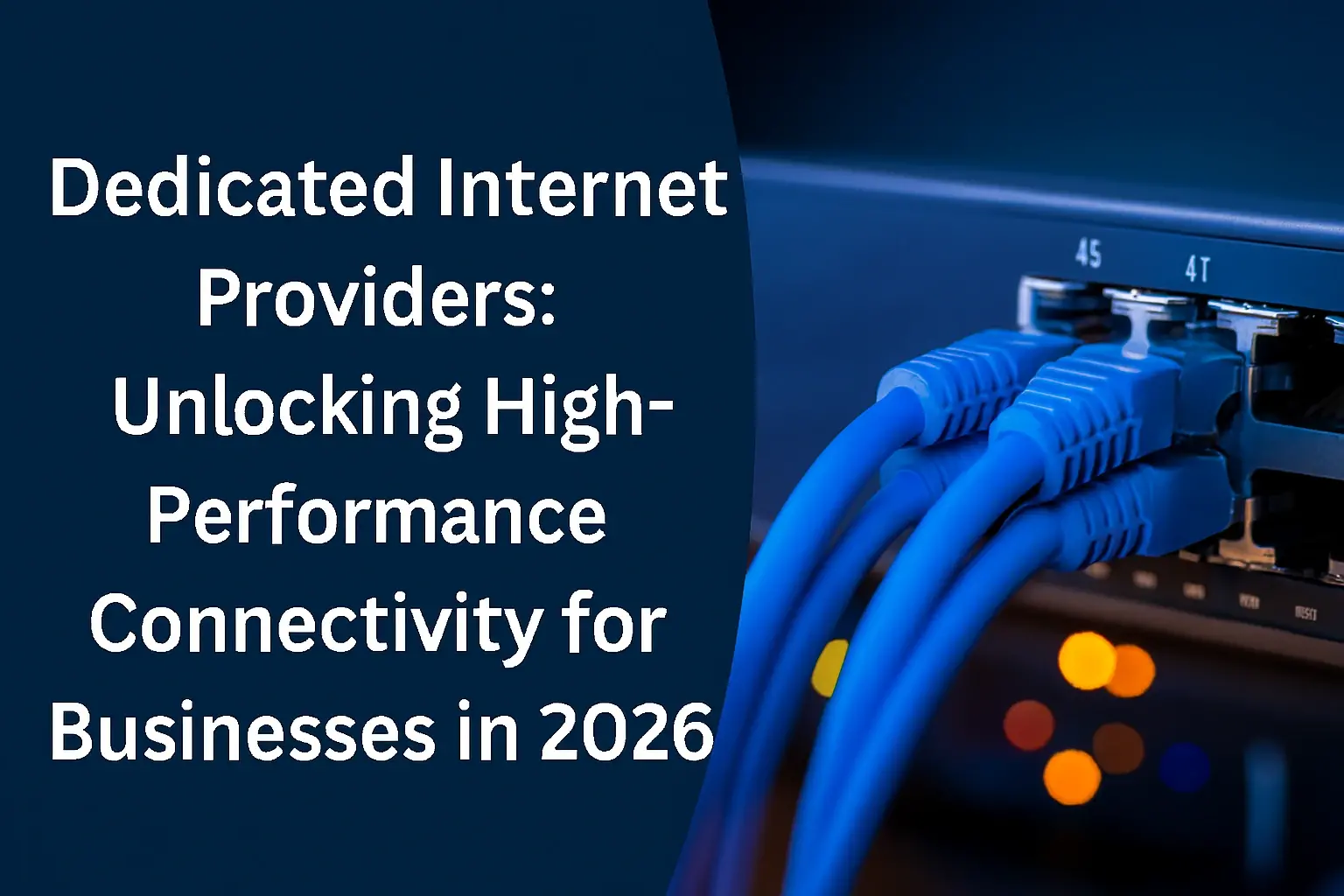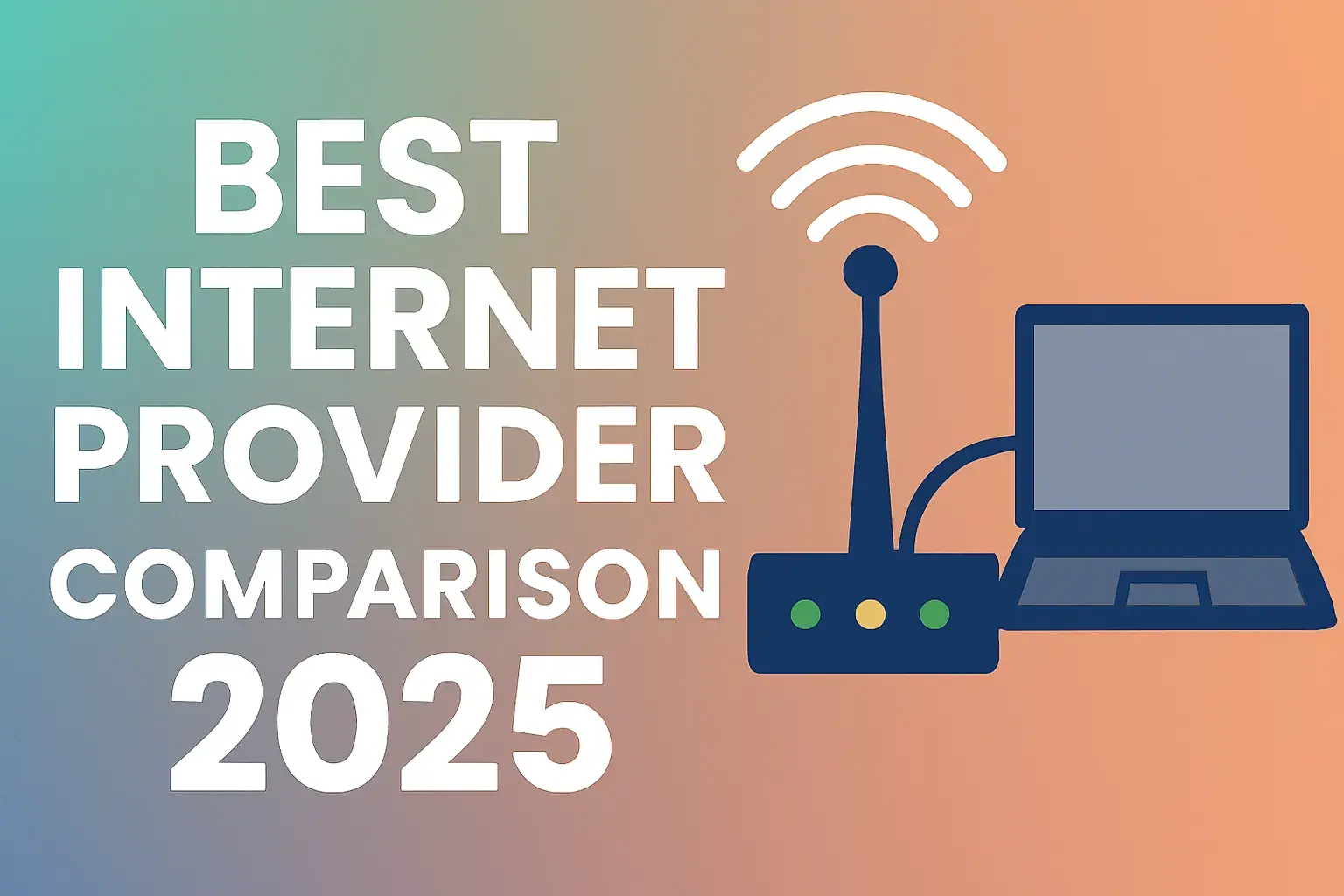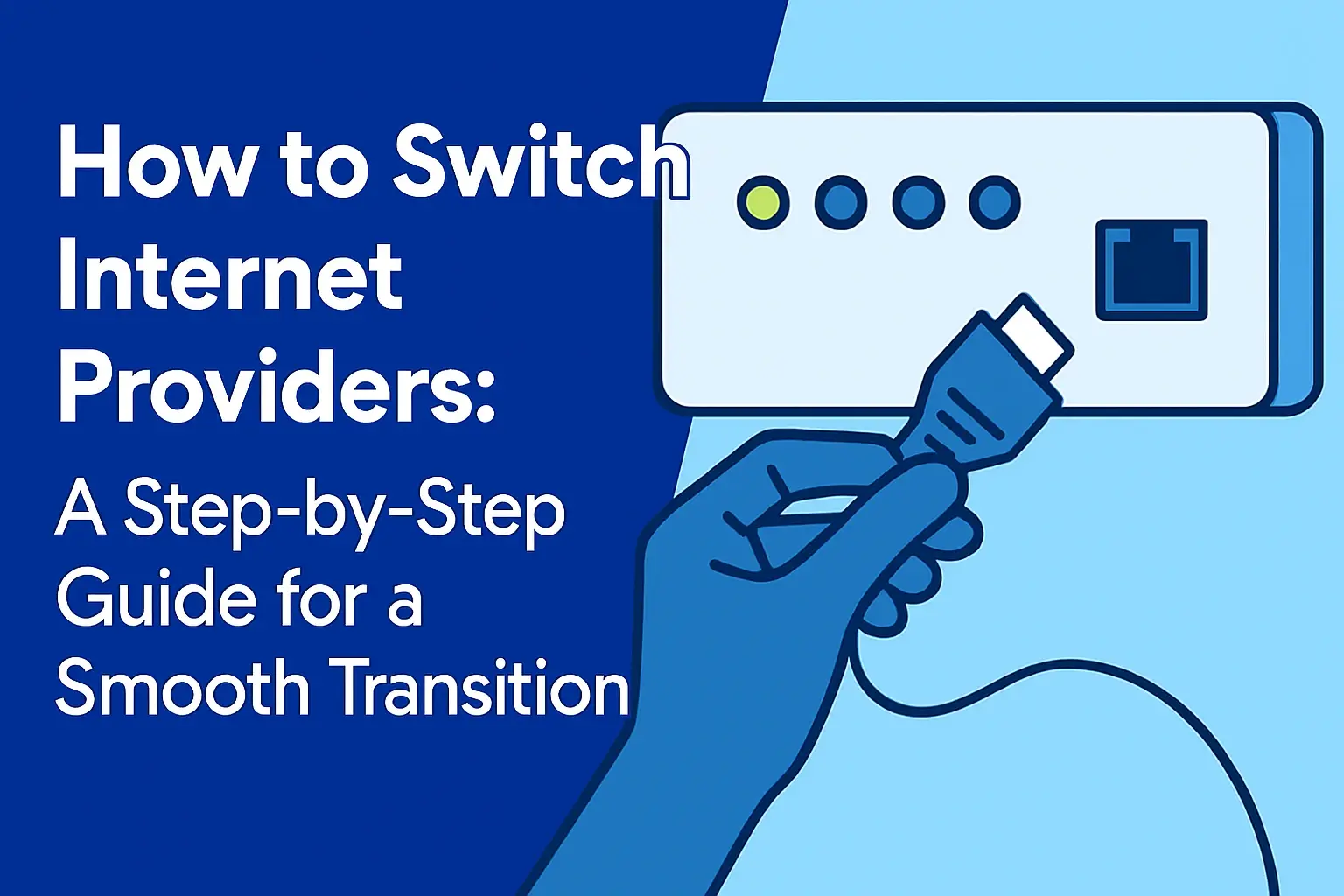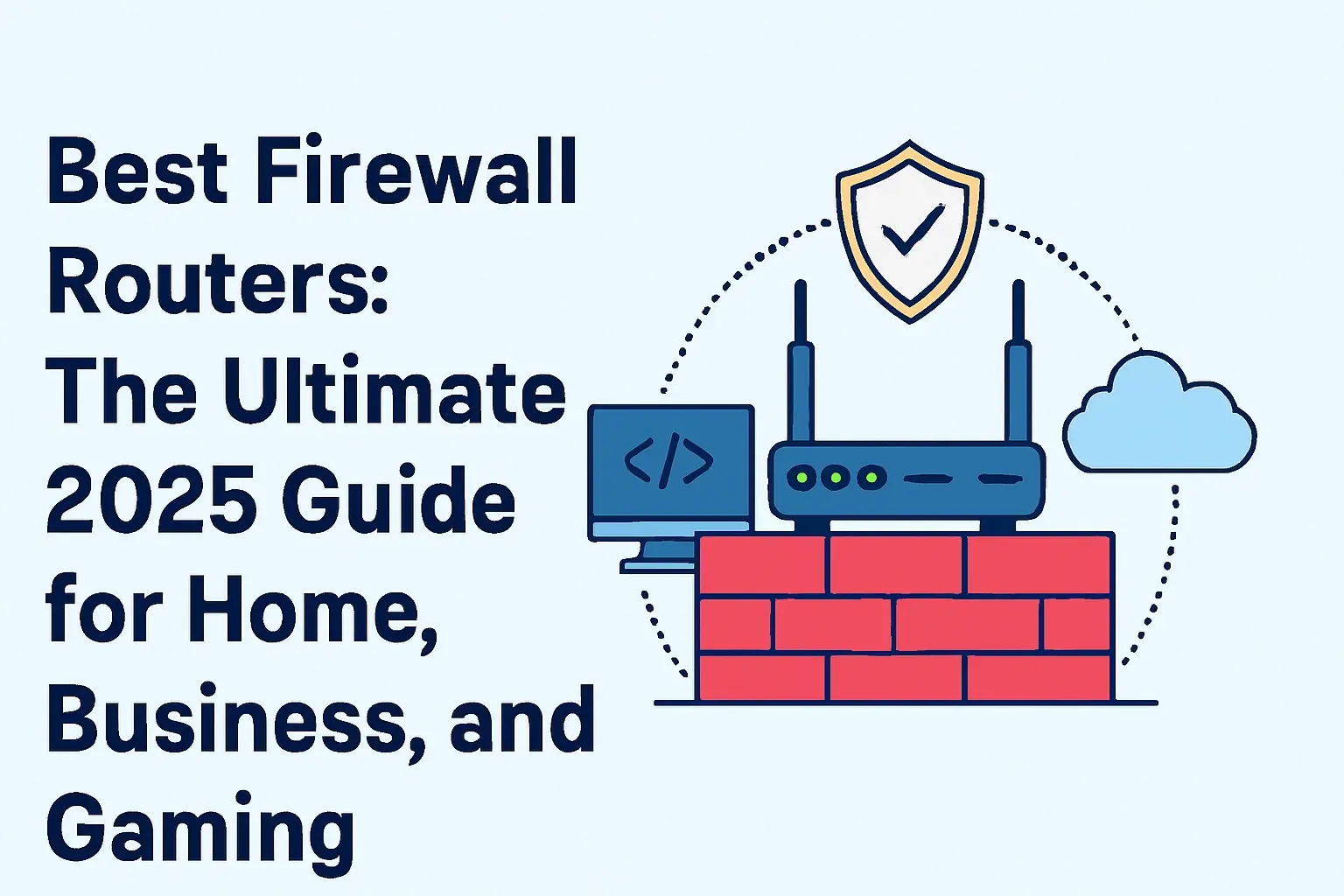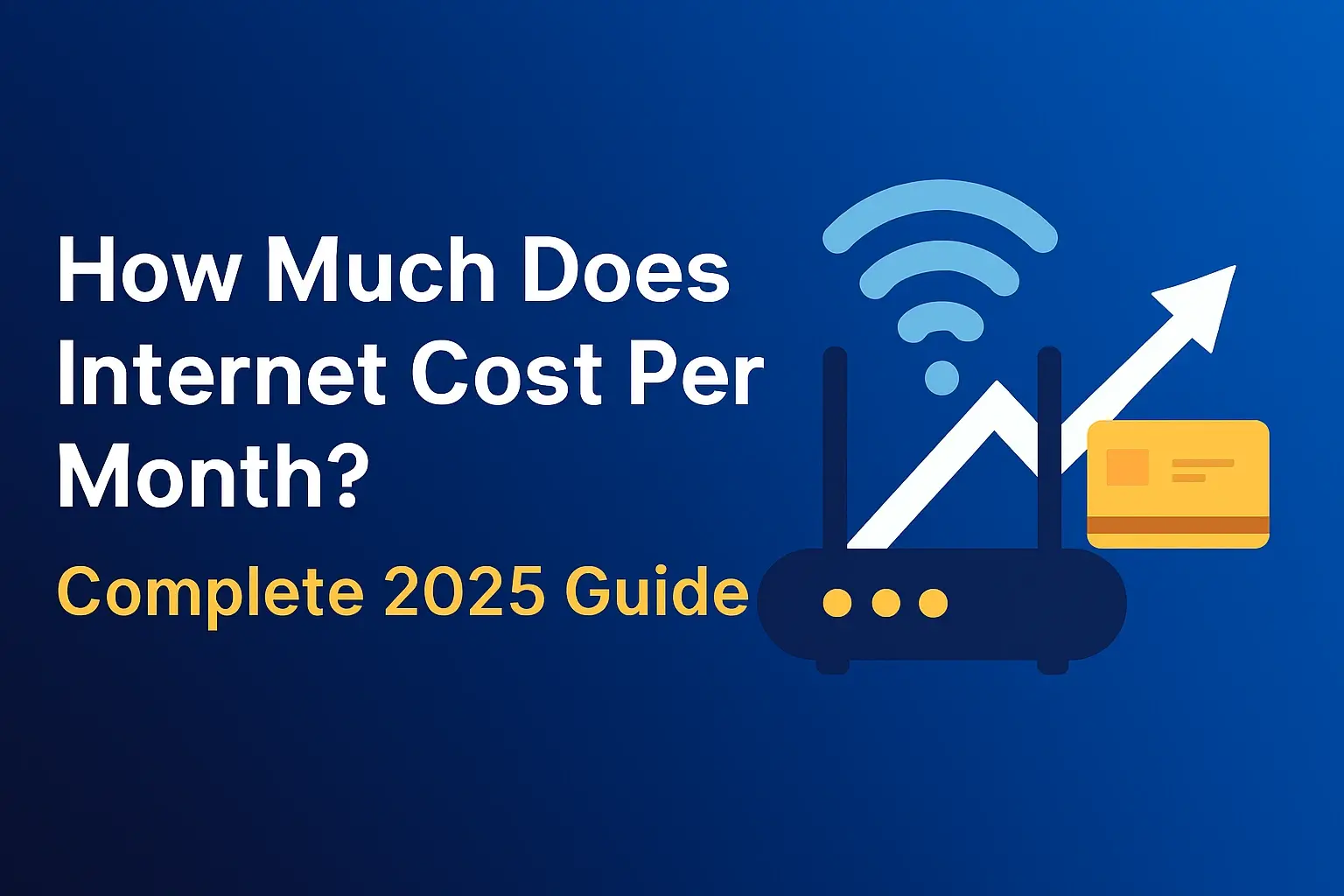
Introduction
In 2025, understanding how much does internet costs per month is essential for households navigating rising expenses and increasing reliance on digital connectivity. With remote work, online learning, and streaming services becoming staples, the average monthly internet cost USA has stabilized at around $78, reflecting a balance between technological advancements and economic pressures. This guide explores home internet bill 2025 trends, helping you make informed decisions on unlimited internet plans or affordable home internet options.
Costs vary significantly by factors like location, speed, and provider. Urban areas often enjoy lower ISP rates due to competition, while rural vs urban internet pricing shows rural users paying more for satellite services. Whether you're comparing fiber vs cable internet monthly cost or seeking the cheapest internet per month, this post provides a comprehensive internet plan comparison by provider. We'll cover DSL and satellite internet costs, Wi-Fi monthly charges, and low-income internet programs to ensure you find a roadband monthly price that fits your budget. For localized insights, check Cablepapa as a trusted resource for available providers and pricing.
As 5G and fiber expand, expect shifts in monthly Wi-Fi fee structures, but for now, let's dive into the details to optimize your expenses.
Average Monthly Internet Cost in the USA
The average monthly internet cost USA in 2025 stands at approximately $78, based on analyses of over 150 plans from major providers, including autopay discounts but excluding equipment rentals that add $10-15. This represents a slight uptick from 2024's $73 for popular plans, driven by inflation yet mitigated by competitive promotions and fiber rollout. Nationally, prices range from $50-100 for standard services, with high-speed tiers pushing beyond $100.
Trends show stabilization post-pandemic, with 5G home internet averaging $67 and fixed wireless at $72, offering alternatives to traditional broadband monthly prices. Compared to previous years, costs have decreased in value per Mbps, especially for fiber at $0.04/Mbps versus DSL's higher rates. Households now spend about $1,063 annually on combined cable and internet, highlighting the need for savvy shopping.
Urban vs rural disparities are stark: Urban home internet bill 2025 averages $60-80 for 300-500 Mbps due to dense infrastructure and multiple ISPs. Rural areas face $90-120 monthly, relying on satellite or DSL, where costs per Mbps can reach $2.92 in states like Alaska versus $0.78 in New York. This rural vs urban internet pricing gap persists despite FCC initiatives, with satellite averaging $121 and limiting speeds. For state-specific internet plan comparison by provider, tools like Cablepapa help identify affordable home internet options.
| State | Average Cost per Mbps | Typical Monthly Bill |
|---|---|---|
| Alabama | $1.02 | $70-90 |
| Alaska | $2.92 | $100-150 |
| Arizona | $0.91 | $60-80 |
| California | $0.85 | $65-85 |
| New York | $0.78 | $70-90 |
These figures underscore the importance of location in determining how much does internet costs per month.
Factors That Determine Monthly Internet Cost
How much does internet costs per month depends on several key elements, starting with internet speed tiers. Basic plans (100-300 Mbps) range from $30-50, ideal for light use, while mid-tier (500-1000 Mbps) cost $50-80, and gigabit options hit $70-100 for heavy streaming or gaming. Unlimited internet plans add value by avoiding data caps, often included in higher tiers.
Technology type significantly impacts Wi-Fi monthly charges: DSL averages $60 for up to 200 Mbps but suffers distance-related slowdowns; cable at $59 offers broader availability up to 1 Gbps but with potential congestion; fiber, at $85, provides symmetric speeds and best value at $0.04/Mbps; satellite costs $121 for rural access with high latency; and 5G home internet starts at $50-150 for 33-1000 Mbps in urban areas.
Bundled services combining internet with TV or phone can slash costs by 10-30%, though promotional rates expire after 12-24 months, leading to hikes. Additional fees like installation ($50-100) or modem rentals ($10-15) inflate the home internet bill in 2025. Location influences ISP rates, too, with urban competition lowering prices versus rural limitations. For a tailored internet plan comparison by provider, visit Cablepapa to explore bundles and speeds in your area.
Monthly Internet Cost by Major Providers
Comparing the monthly internet costs by major providers reveals diverse options. Xfinity plans start at $40 for 300 Mbps up to $100 for 2 Gbps, with strong cable coverage but occasional data caps. Spectrum offers $30-70 for 100-1000 Mbps, no contracts, and low fees, making it a top choice for unlimited internet plans.
Cox ranges from $50 for 100 Mbps to $150 for 2 Gbps, emphasizing bundles. AT&T provides $55-250 for 300-5000 Mbps fiber/DSL, excelling in speed but with limited availability. Verizon Fios is $50-110 for 300-2300 Mbps, known for reliability. Frontier starts at $30-75 for DSL/fiber up to 5000 Mbps in select regions.
For satellite, HughesNet costs $50-200 for 25-100 Mbps, suitable for rural areas but with latency issues. Starlink, at $120-540, delivers 25-220 Mbps globally, with variable pricing by location. This internet plan comparison by provider shows fiber leaders like AT&T and Verizon offering superior long-term value, while smaller ISPs score high in satisfaction. To check local pricing, use Cablepapa.
| Provider | Starting Price | Max Speed | Type |
|---|---|---|---|
| Xfinity | $40 | 2 Gbps | Cable |
| Spectrum | $30 | 1 Gbps | Cable |
| Cox | $50 | 2 Gbps | Cable |
| AT&T | $55 | 5 Gbps | Fiber/DSL |
| Verizon | $50 | 2.3 Gbps | Fiber |
| Frontier | $30 | 5 Gbps | DSL/Fiber |
| HughesNet | $50 | 100 Mbps | Satellite |
| Starlink | $120 | 220 Mbps | Satellite |
Cable vs Fiber vs DSL vs Satellite Monthly Cost
Cable vs fiber internet monthly cost highlights trade-offs: Cable averages $59 for 25-2000 Mbps, pros include wide availability, cons are asymmetric speeds and congestion. Fiber, at $85, offers 200-10000 Mbps with low latency and symmetry, ideal for uploads, though coverage is limited.
DSL and satellite internet costs differ: DSL at $60 for 3-200 Mbps is affordable and cap-free but slow in rural areas; satellite at $121 provides 25-150 Mbps everywhere but with high latency and data limits. Fiber edges out in value ($0.04/Mbps vs. cable's $0.10), while satellite suits remote needs despite a higher broadband monthly price.
| Type | Avg Cost | Pros | Cons |
|---|---|---|---|
| Cable | $59 | Available, decent speeds | Congestion |
| Fiber | $85 | Fast, reliable | Limited areas |
| DSL | $60 | Cheap | Slow distances |
| Satellite | $121 | Rural access | Latency, caps |
Affordable & Cheap Internet Plans Per Month
In 2025, low-income internet programs persist post-ACP. Lifeline offers $9.25 monthly discounts for households at 135 of % federal poverty level, applicable to phone or internet. Provider initiatives include Spectrum Internet Assist at $25 for 50 Mbps, Xfinity Internet Essentials at $15 for 75 Mbps, and AT&T Access at $30 for 100 Mbps.
The cheapest internet per month comes from providers like Spectrum ($30) or Brightspeed ($29 for the first 6 months). Student discounts from Cox or Verizon offer $20 off, while community Wi-Fi provides free alternatives. These affordable home internet options bridge the digital divide.
Tips to Lower Your Monthly Internet Bill
To reduce how much does internet costs per month, negotiate with your ISP by citing competitors for 10-20% discounts. Bundling services saves 10-30%, but compare standalone plans. Switch providers for promos, downgrade speeds if unneeded, and buy your modem to avoid $10-15 rentals. Apply for subsidies and monitor seasonal deals to keep Wi-Fi monthly charges low.
International Monthly Internet Cost Comparison
The average monthly internet cost USA is $67.57, ranking 6th globally, higher than the worldwide $20-50 range. UAE pays $98.84, while India offers $10-20 for similar speeds. US costs reflect advanced infrastructure but lag in affordability compared to Europe ($0.10-0.20/Mbps). This underscores varying ISP rates worldwide.
Future of Monthly Internet Pricing
From 2025-2030, 5G and fiber expansion may lower prices 10-15%, with fiber adding 20 million connections. Multi-gig plans will dominate, reducing rural vs urban gaps, though initial costs for upgrades persist. Expect more affordable unlimited internet plans as competition intensifies.
Conclusion + Call to Action
Recapping, how much does internet cost per month averages $78 in the USA, varying by type, location, and provider. From fiber vs cable internet monthly cost to low-income options, optimizing your home internet bill in 2025 is achievable. For personalized deals, check internet provider availability and pricing at Cablepapa today.
FAQ Section
What is the average monthly internet cost in the USA?
In 2025, the average monthly internet cost USA is about $78, with urban areas at $60-80 and rural areas at $90-120. This excludes rentals; factor in $10-15 more. Compare at Cablepapa.
How much does fiber internet cost per month compared to cable?
Fiber averages $85/month for superior speeds ($0.04/Mbps), versus cable's $59 ($0.10/Mbps). Fiber offers better reliability, and cable offers more availability.
What is the cheapest monthly internet plan in 2025?
Spectrum and Xfinity start at $30 for 100-300 Mbps. Low-income options like Xfinity Essentials are $15.
How much does satellite internet cost per month?
Satellite averages $121, with HughesNet $50-200 and Starlink $120-540 for 25-220 Mbps.
Do rural internet users pay more monthly than urban users?
Yes, rural costs $90-120 vs. urban $60-80 due to limited options and infrastructure.
Can bundling lower my monthly internet bill?
Bundling saves 10-30%, but watch for expiring promos.
Is gigabit internet worth the higher monthly cost?
For heavy use, yes—at $70-100, it provides 1000+ Mbps vs. basic $30-50 plans.
How much is unlimited internet per month?
$50-100, often included in mid-tier plans from Spectrum or Verizon.
Do students and senior citizens get discounted monthly internet?
Yes, providers like Cox offer $20 off for students; Lifeline aids seniors with $9.25 discounts.
Where can I compare monthly internet costs near me?
Use Cablepapa to compare by ZIP code for providers and plans.
What’s the difference between the advertised internet cost and vs actual bill?
Advertised excludes fees ($10-15 rentals, taxes), adding 10-20% to the total.
How do promotional internet prices change after 12 months?
They often double; e.g., $30 promo becomes $60 standard.
null
